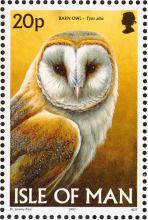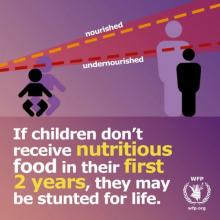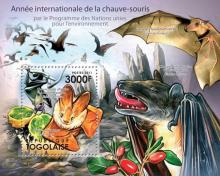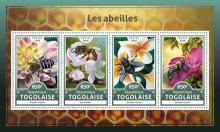No barn owls in Kildare
- Read more about No barn owls in Kildare
- Log in to post comments
There are no barn owls (Tyto alba) in Kildare at present according to a recent nationwide bird census conducted by BirdWatch Ireland. The Kildare Branch of BirdWatch Ireland decided to help redress this by erecting dedicated nest boxes throughout the county over the last 18 months. These boxes can cost up to €150 for special outdoor boxes but with the help of Newbridge Men’s Shed and grants from Kildare County Council, Bord na Móna and Waterways Ireland they have put up over 60 boxes in the last 18 months.










